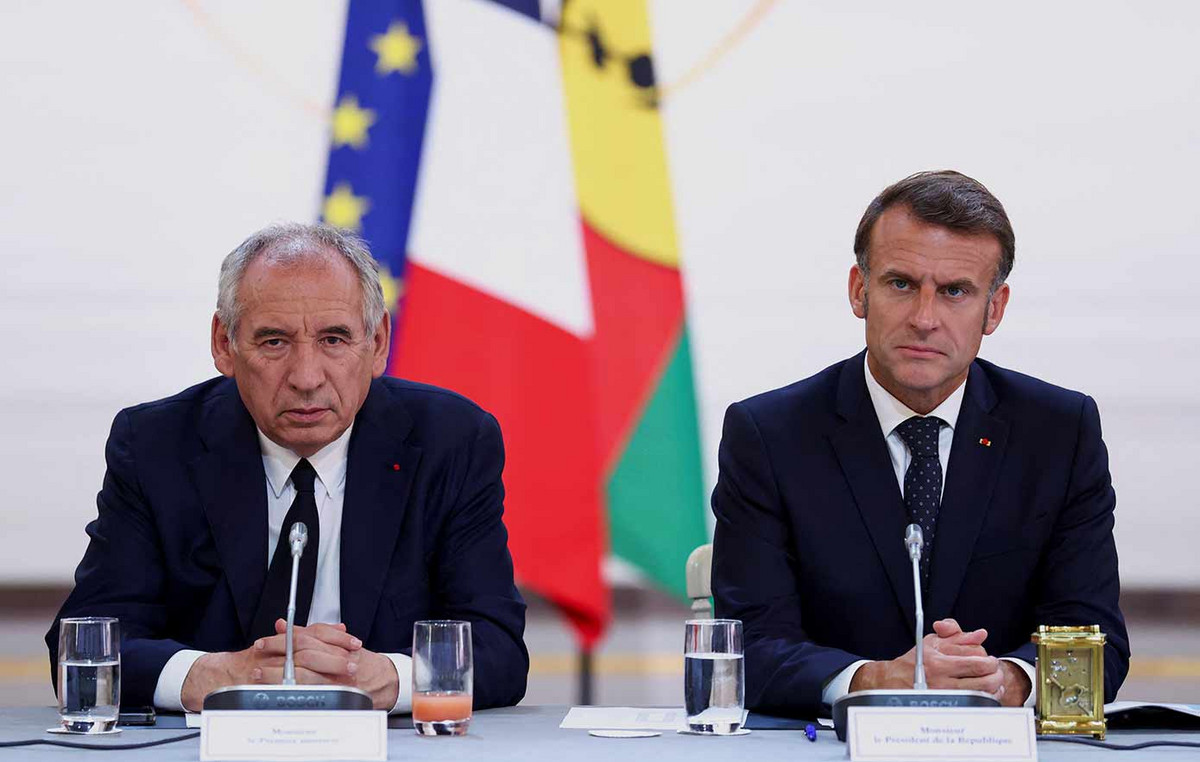- The exchange rate of the Mexican Peso with the American Dollar remains on the defensive, registering weekly losses of more than 1%.
- August retail sales in Mexico show a mixed picture, with gains throughout the year but a monthly decline and signs of slowing.
- Geopolitical risks limit the peso’s gains, including tensions in the Middle East and attacks on US military bases.
He Mexican peso (MXN) posts solid gains versus US dollar (USD) at the end of the week, although it continues to print weekly losses of more than 1%, as risk aversion took its toll on risk currencies in the foreign exchange markets. On Friday, USD/MXN was trading around 18.24, losing 0.40% lower, even though Mexican retail sales showed that the economy has been affected by the rise in interest rates set by the Bank of Mexico (Banxico).
The National Institute of Statistics (INEGI) revealed that August retail sales fell monthly, but grew annually, although they showed signs of slowing. However, comments from US Federal Reserve (Fed) Chairman Jerome Powell on Thursday suggest that the US central bank could keep rates unchanged at the next meeting in November, keeping the door open for the December meeting. The overall effect of Powell’s speech was some short-term weakness for the dollar.
Meanwhile, geopolitical risks remain high as Israel continues its offensive against Hamas. At the same time, the United States (US) said its military bases in Iraq and Syria are increasingly coming under attack.
Daily summary of market movements: The Mexican Peso fights back and the pair falls below 18.30
- Mexico retail sales for August fell -0.4% mom, missing estimates of 0%, while expanding 3.2% annually. This figure was below forecasts of 4.4% and below the 5.1% in July.
- The IOAE estimates that the Mexican economy will grow 3.12% year-on-year.
- Initial US jobless claims for the week ending October 14 increased by 198,000, below estimates and the previous week’s data of 212,000 and 211,000, respectively.
- US existing home sales increased by 3.96 million in September, down from 4.04 million in August, a contraction of -2%.
- U.S. building permits plummeted -4.4% in September, down from a 6.8% increase last month.
- Home construction starts for the same period mentioned increased by 7%, surpassing the -12.5% drop in August.
- Mexico’s GDP in 2023 is expected to reach 3.2%, according to the World Bank and the International Monetary Fund.
- Mexico’s industrial production (IP) in August improved 5.2% year-on-year, exceeding forecasts of 4.6% and July’s 4.8% increase.
- On a monthly basis, the IP in Mexico rose 0.3%, as expected, but below the previous reading of 0.5%.
- Mexico’s Consumer Price Index (CPI) grew 4.45% year-on-year in September, slightly below the estimated 4.47%.
- Core CPI inflation in Mexico stood at 5.76% year-on-year, as estimated, but has broken the 6.00% threshold.
- The Bank of Mexico (Banxico) kept rates at 11.25% in September and revised its inflation forecasts from 3.50% to 3.87% for 2024, above the central bank’s target of 3.00% (plus or minus 1%).
Technical Analysis: Mexican Peso strengthens as USD/MXN buyers look for a pullback before the next rise
The USD/MXN pair is biased higher, although the ongoing recovery was limited before testing the last cycle high, the October 6 high, at 18.48, opening the door for a pullback.
The pair could fall towards 18.00 before testing the 20-day SMA at 17.91. A drop below that level could put the uptrend at risk as the last line of bullish defense is likely the 200-day SMA at 17.74.
On the other hand, if the pair points higher and buyers recover 18.48, the 18.50 level would come into play, followed by the 19.00 level.
Frequently Asked Questions about the Mexican Peso
What factors determine the price of the Mexican Peso?
The Mexican Peso (MXN) is the most traded currency among its Latin American peers. Its value is largely determined by the evolution of the Mexican economy, the policy of the country’s central bank, the volume of foreign investment in the country and even the levels of remittances sent by Mexicans living abroad, especially in the United States. Joined. Geopolitical trends can also move the MXN: for example, the nearshoring process – or the decision by some companies to relocate manufacturing capacity and supply chains closer to their home countries – is also seen as a catalyst for the currency. Mexican, since the country is considered a key manufacturing center on the American continent. Another catalyst for the MXN is Oil prices, since Mexico is a key exporter of this raw material.
How do Banxico’s decisions affect the Mexican peso?
The main objective of Mexico’s central bank, also known as Banxico, is to keep inflation at low and stable levels (at or near its target of 3%, the midpoint in a tolerance band between 2% and 4%. %). To do this, the bank sets an appropriate level of interest rates. When inflation is too high, Banxico tries to control it by raising interest rates, which makes borrowing more expensive for households and companies, thus cooling demand and the economy in general. Higher interest rates are usually positive for the Mexican Peso (MXN), as they translate into higher yields, making the country a more attractive place for investors. On the contrary, lower interest rates tend to weaken the MXN.
How do economic data influence the value of the Mexican Peso?
The publication of macroeconomic data is key to evaluating the state of the economy and can have an impact on the valuation of the Mexican Peso (MXN). A strong Mexican economy, based on high economic growth, low unemployment and high confidence is good for the MXN. Not only does it attract more foreign investment, but it may encourage the Bank of Mexico (Banxico) to raise interest rates, especially if this strength is accompanied by high inflation. However, if economic data is weak, the MXN is likely to depreciate.
How does general risk sentiment affect the Mexican peso?
As an emerging market currency, the Mexican peso (MXN) tends to strengthen during periods of risk appetite, or when investors perceive broader market risks to be low and are therefore willing to commit to investments that carry a higher risk. On the contrary, the MXN tends to weaken in times of market turmoil or economic uncertainty, as investors tend to sell riskier assets and flee to more stable havens.
Source: Fx Street
I am Joshua Winder, a senior-level journalist and editor at World Stock Market. I specialize in covering news related to the stock market and economic trends. With more than 8 years of experience in this field, I have become an expert in financial reporting.







